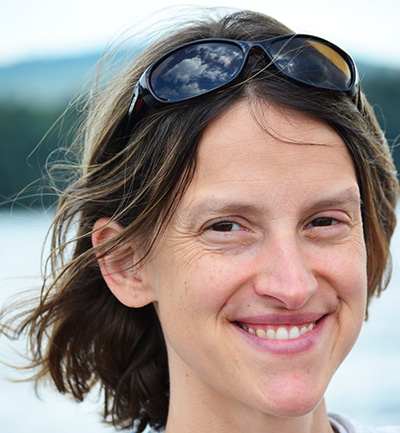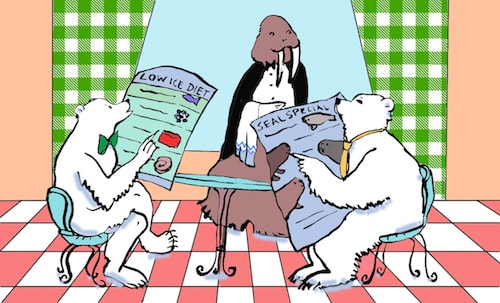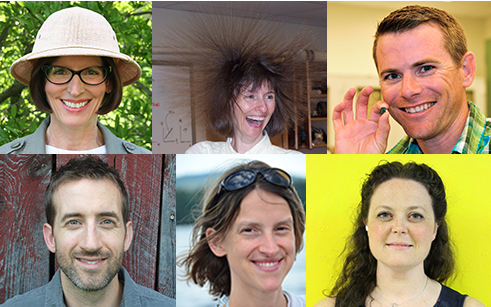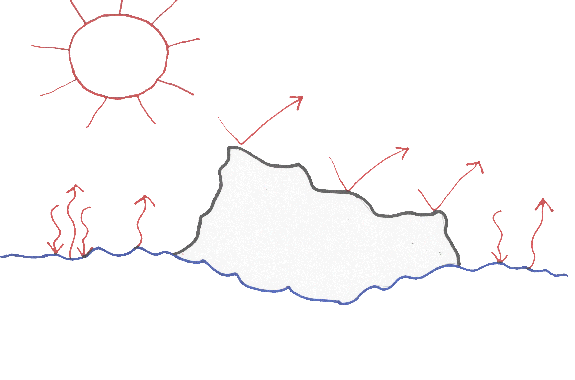

As a high school earth science teacher at Innovation Academy Charter School in Massachusetts, Katharine Hinkle’s unflagging goal is to get her students excited about venturing outside and observing their environment. She wants her classes to understand how familiar landscapes form and how scientific issues play out in their local communities.
Around her school’s campus, you can find Katharine leading nature walks, digging up granite chunks and soil samples for a lab, or uncovering colonial artifacts with her students. In addition to teaching courses in earth and space sciences, Katharine also enjoys developing new curriculum on local history, environmental change, and environmental studies.
Before becoming a teacher, Katharine studied geology and geophysics at Mount Holyoke College and Brown University. She had the opportunity to study thixotropic fluids on fault surfaces and to explore the paleoenvironments of the desert Southwest. From these experiences, she learned that while experiments often fail and field seasons are never long enough, the earth is an endless source of discovery.
When she isn’t teaching, Katharine enjoys exploring the great outdoors with her family and geeking out about beautiful rock formations all over the country.
How Shrinking Sea Ice May Be Shrinking Polar Bears
How is the body mass of polar bears changing as sea ice disappears? The answer may depend on where they live and feed.
16:46
Introducing the Science Friday Educator Collaborative
Six inspiring science teachers have turned Science Friday media into innovative classroom resources.
The Albedo Effect, Urban Heat Islands, and Cooling Down Your Playground
Explore the albedo effect by designing a school playground with lower surface temperature, then learn how soot from wildfires changes the albedo of the Greenland ice sheet.


